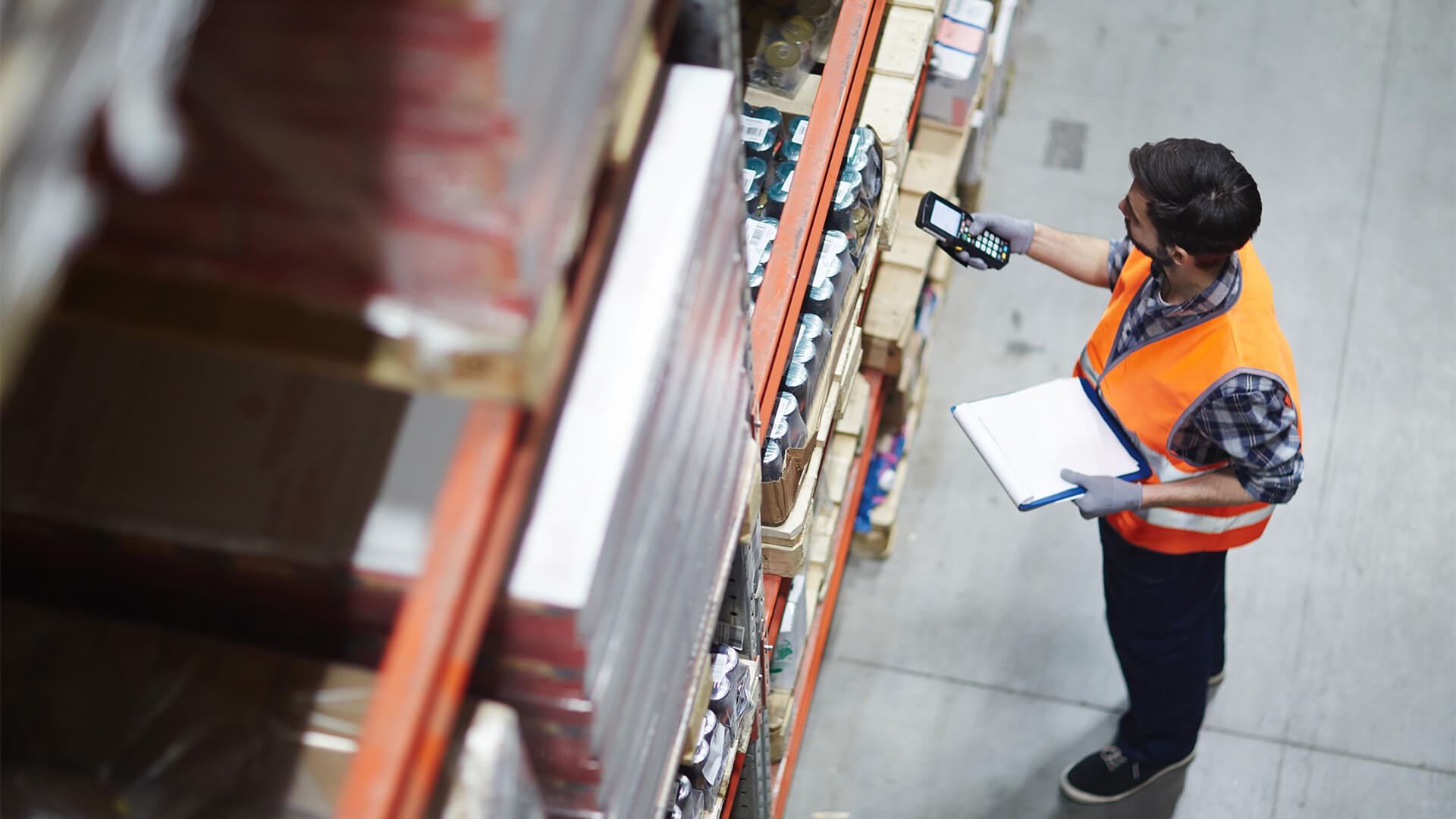By Simon Jones, UK Sales Executive at Exotec
In recent years the warehouse and logistics industry has suffered greatly, with Covid-19, Brexit and the Great Resignation leading to extensive labour shortages in the warehouse. As inflation and economic challenges continue to place mounting pressure on supply chains, labour shortages will be a defining feature of 2023.
The challenges of warehouse work
Organisations face a significant challenge when looking to attract and retain talent. Amazon in particular suffered greatly from this in 2021, with only one in three employees remaining for more than 90 days after being hired. This is estimated to have cost the company around $8 billion.
In 2022, the Chartered Institute of Logistics and Transport UK found that some of the largest organisations are struggling to recruit and retain staff – with 86% of companies experiencing warehouse operative staff shortages in the past two years.
The reasons behind these statistics are varied. People can find less demanding, more stimulating work in other sectors, working in a warehouse can be challenging, and the increasing pressure placed on workers is discouraging many from entering the sector. This is further exacerbated by dwindling numbers of human workers within each warehouse, which creates challenges for remaining workers.
The high turnover levels businesses are experiencing, plus the inability to plug the skills gap, are indicative of the nature of warehouse work, and highlight the need for businesses to update their legacy automation systems to create a safer, more efficient warehouse environment.
The need for a safer environment for employees
It’s no secret that warehouse work can be fraught with risk. Most warehouses will operate with a high standard of health and safety, but given the physical nature of warehouse work, it’s almost impossible to remove every hazard. In fact, the British Safety Council recently reported that 1,300 UK people are hospitalised year with serious injuries following forklift accidents.
Even the repetitive strain placed on human workers to pick items and walk around warehouses pushing and pulling trolleys can cause long-term illness. According to the HSE the handling, lifting or carrying goods accounts for 20% of non-fatal injuries in the workplace. These range from minor fractures and repetitive stress injuries to major dislocations and broken bones, and are especially prominent during periods of high demand.
If businesses are to retain their staff and encourage new people to join at a time when people are looking for stable, fulfilling and safe work, they must implement systems that foster a secure environment where risk is lower than it has ever been.
The automation solution
Automation in the warehouse environment isn’t anything new. However, many operators are still using outdated legacy equipment that isn’t fit for the demands of the market today. This is impacting human workers by making their jobs less efficient, more demanding and ultimately, less productive.
In fact, 80% of warehouses currently have no automation whatsoever, putting unnecessary strain on employees.
Employing robotic solutions can solve a multitude of issues that businesses are experiencing. For example, mundane, repetitive and labour-intensive tasks can in many cases be completed by robots. This helps organisations keep up with shifting consumer demand, while reducing the strain on human employees by eliminating non-productive walking time, which makes up 60% of manual picking time.
Robotic picking systems also remove the risks associated with retrieving products quickly and efficiently, even if they are stored on racks many metres above the ground – a job that can be unnecessarily dangerous and time consuming for people to do.
While just one component of the warehouse of the future, robotics can significantly reduce workloads for existing employees who are often tasked with walking many miles in a single shift, while creating a more agile warehouse environment that makes the business much more resistant to the impact of labour shortages and changing customer demand.
Short-term fixes, long-term gains
In the face of uncertainty, businesses are looking for solutions that address their immediate needs. Labour shortages are set to be a major headache for companies operating warehouses and coupled with an unpredictable economic outlook and changing customer demand, businesses need to do more with less to position themselves best for the future.
Evaluating warehouse capabilities, updating existing equipment and taking steps to implement new scalable robotics systems will be crucial for any business that wants to offset the labour shortage impact and future-proof the organisation for the foreseeable future.






